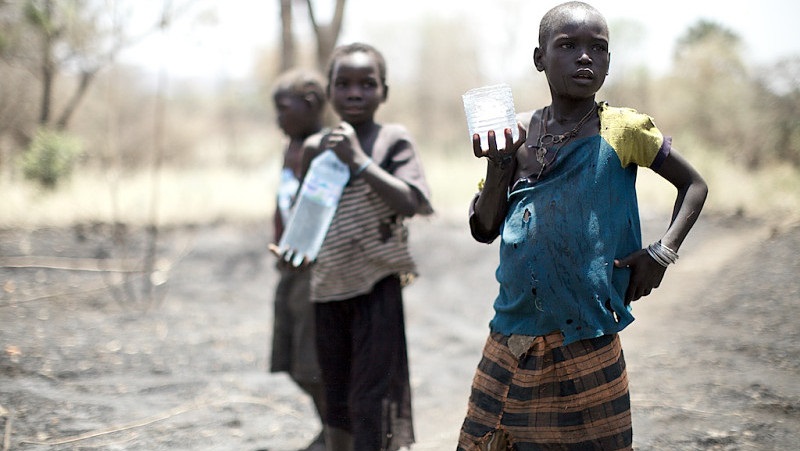The recent movements in the dollar-naira exchange rate, following the removal of the currency peg, has stimulated ongoing debate in the media that South Africa has regained its position as the largest economy in Africa. The prevailing notion is that the depreciation of the naira and simultaneous appreciation of the rand against the US dollar implies that South Africa’s GDP has surpassed that of Nigeria. However, this argument needs some re-examination, given that the value of the GDP (in current US$) is sensitive to the choice of exchange rate and GDP figures used for its computation. This piece situates the present argument in the context of recent commodity market crisis and its implications for the two largest economies in Sub-Saharan Africa
Policy Brief & Alerts

March 11, 2018
A Note On The Economic Downturn In Sub-Saharan Africa
The recent movements in the dollar-naira exchange rate, following the removal of the currency peg, has stimulated ongoing debate in the media that South Africa has regained its position as the largest economy in Africa. The prevailing notion is that the depreciation of the naira and simultaneous appreciation of the rand against the US dollar […]
Read →
Related
Public Debt Stock And Debt Servicing
Public Debt Stock and Debt Servicing: Public debt stock has steadily increased overtime; reaching over N12, 000 billion naira by 2015Q4. With the persistent fall in crude oil price and the attendant d
Infrastructure Financing In Nigeria:
Similar to most sub-Saharan
African (SSA) countries, Nigeria has a huge infrastructure deficit which
considerably limits efforts towards achieving inclusive growth, sustainable
development, and poverty reduction. With infrastructure stock estimated at
20-25 per cent of Gross Domestic Product (GDP), Nigerias infrastructure stock
is still significantly lower than the recommended international benchmark of 70
per cent of GDP. The 2014 National Integrated Infrastructure Master Plan (NIMP)
estimates that a total of US$ 3 trillion of investments, or US$100 billion
annually, is required over the next 30 years to bridge Nigerias infrastructure
gap. In particular, the Plan estimates that Nigeria will have to spend an
annual average of US$ 33 billion infrastructure investments for the period 2014
-2018. This means that Nigeria will have to more than double its spending on infrastructure
from the current 2-3 per cent of GDP to around 7 per cent to make appreciable
progress in infrastructure development over the next three decades.
